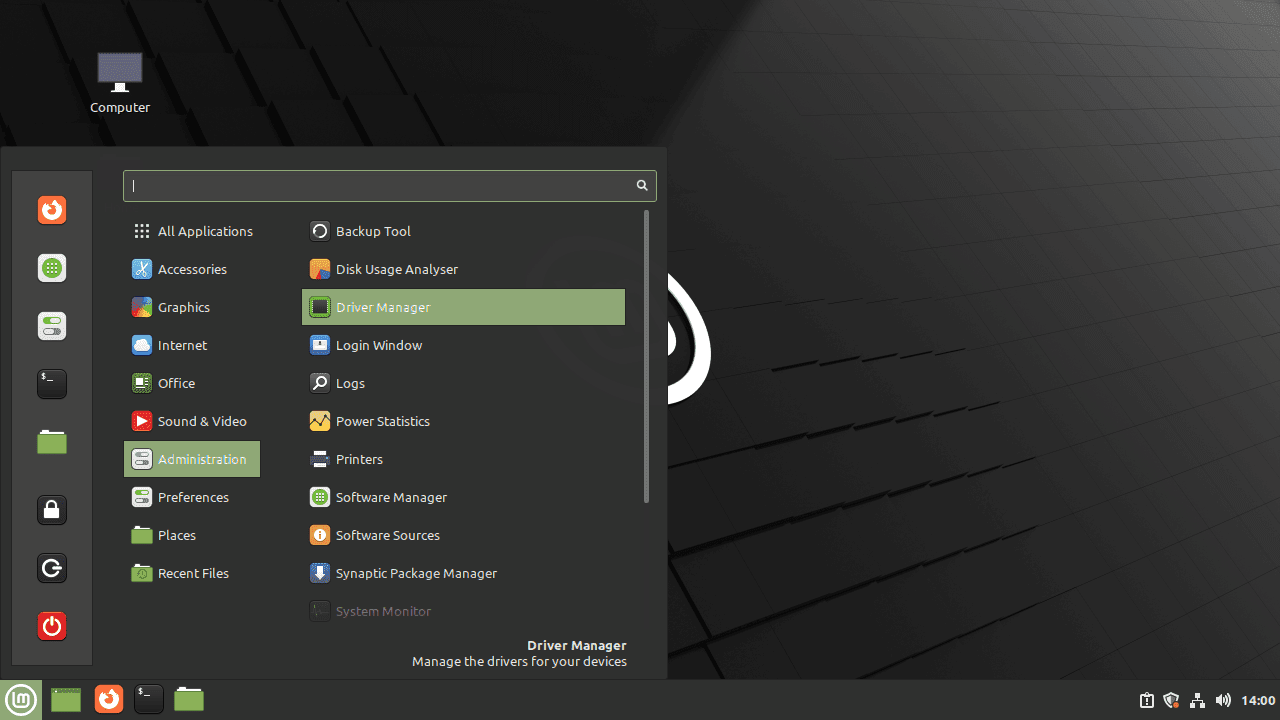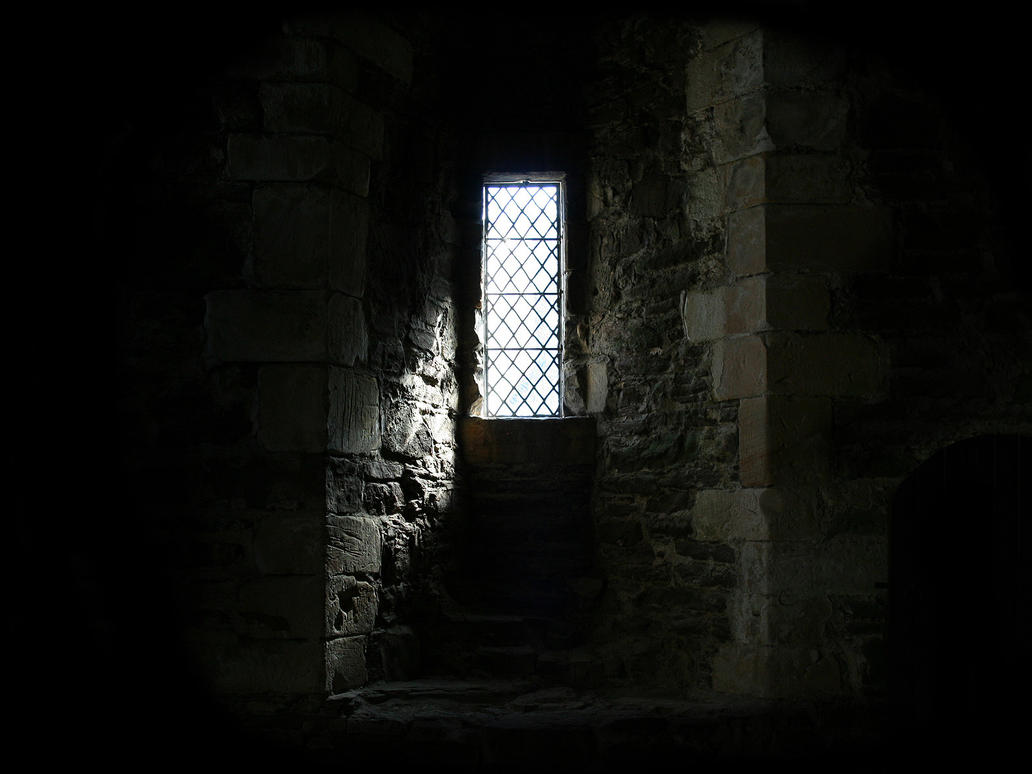I’m planning on changing to Linux eventually, but my PC has a 4060ti. I have heard that Nvidia drivers are a pain to install, and I don’t have the means to change to a non-Nvidia GPU. Am I in trouble?
nowadays the install process on ubuntu consists of opening the driver app, selecting the nvidia driver, waiting around 3 minutes and rebooting when prompted.
sometimes things do break, but the install process itself is rarely the issue anymore, thankfully.
Depends on the distro here is a list based on my experience
-
Opensuse: medium-ish
-
Fedora: easy (requires a third party repo)
-
Linux Mint: Pretty sure easy
-
Cachyos/bazzite/nobara Very easy (comes with the distro)
The .run on nvidias website it’s harder and requires some linux experience
Agree on Mint. The Nvidia drivers installed automatically for me. They’re 4-5 months old, but they’re stable.
-
It’s trivial. Use Linux Mint or Debian, enable non-free repositories if required, and that’s pretty much it.
I’ve never had issues with Nvidia drivers. Your mileage may vary.
As long as you don’t make the mistake of downloading them directly from Nvidia, it should be straight-forward.
Where am I supposed to get them then?
depends on your Distro, for Linux Mint it’s just the Driver Manager.
To access the Driver Manager in Linux Mint, follow these steps:
- Click on the Menu (Taskbar) in the lower-left corner of your screen.
- Navigate to Administration.
- Click on Driver Manager.

Once you have opened the Driver Manager, follow these steps to install the Nvidia drivers:
- The Driver Manager will prompt you for your password. Enter your password and click on Authenticate.
- The Driver Manager will scan your system for available drivers. Once the scanning is complete, you will see a list of available drivers for your graphics card.
- Select the recommended Nvidia driver from the list.
- Click on Apply Changes to start the installation process.
Then reboot.
For most problems you can really just google stuff like “Linux Mint Nvidia Drivers”
From you distros package manager
Whatever distro you pick will have instructions for where and how to install the drivers, if it doesn’t do so for you during the install. Ubuntu is probably most likely to do so easiest. I prefer Fedora for other reasons, which is also easy to get nvidia working, but sightly less easy than Ubuntu where it’s a single checkbox during OS install.
If you happen to choose OpenSUSE, the " install recommends " will detect nVidia and load some drivers to get it working, but you can also add a specific repo nVidia hosts for Leap and Tumbleweed and download the Drivers / Cuda etc. They work great, so ignore the previous commentor. Laptops with dual GPU need you to setup a switching app to save power, when you don’t need to power the nVidia. If your BIOS has a discrete graphics mode selection, you can choose hybrid, but if your OS has trouble you can set it to discrete only so nVidia is always used. I had to do this on one machine because the OS saw the two GPUs and was trying to treat them has two displays instead of one composite display choice
Each distro has it’s own way of installing the drivers, Mint uses a driver Manager GUI, endeavour OS uses the nvidia-inst script, but ultimately, they come the repositories of the distro.
Some of them have dedicated Nvidia images and you don’t have to do anything (theoretically, this has failed for me before). I had problems with the Nobara image but Bazzite worked flawlessly out of the box.
If you are on something like openSUSE, nVidia hosts a repo just for OpenSUSE Leap ams Tumbleweed, and that’s exactly where you get them from, and they work.
True, but you’re not going the Nvidia website, finding and downloading a .run file, manually installing it, and then manually maintaining it which is what I was talking about.
Fair, I mean I have done that too, and would not recommend LOL
Mistake? These drivers work much better than the ones in the non-free debian repo, at least for me
Good God! According to the Debian wiki, they’re still on 535, no wonder they don’t work properly! Still, if you use Debian, you know what you’re getting in to. You’ll also have more *fun* when the kernel or nvidia drivers update.
Nah… to update the driver I just re run the file and it usually just works (Even in Wayland, on Debian unstable). The only time it broke was when I upgraded to kernel 6.12 and I had to manually install the open source modules because the ones that came with the proprietary ones had an issue that they later fixed, so it’s totally fine now. The only issue I have with the drivers is that when I wake up the PC from sleep I have to restart Plasma (only on Wayland tho)
Debian stable means stable in the sense of unchanging, not stable in the sense of no-issues.
Isn’t it like Ubuntu LTSses? These versions are meant to be as stable as possible with carefully picked packages. Also, happy cake day
Installing Nvidia drivers from official repos provided by the maintainers of your distro? Easy as pie.
Installing Nvidia drivers from nvidia’s website? Good luck my friend, I hope you know what you’re doing.
Barely a week later and I had to do the thing. My partner uses LMDE and Nvidia 535 is the newest version in their repos, but we need nvidia 565+ for Kingdom Hearts 3.
Installing from the website wasn’t as hard as I remember.
- Blacklist Nouveau.
- As root, without an X server running, run the nvidia*.run file from the website
- Follow the prompts.
- Verify your initramfs rebuilt correctly before rebooting.
- Reboot and enjoy your actually current driver.
- Bonus step, restore your Xorg.conf backup because you’re on a multigpu laptop and you just borked the Xorg.conf with the installer so mesa doesn’t end up loading and X ends up dead on summon
It’s horrible, you have to type “<package manager> install nvidia” and not make any typos at all or it won’t work. The horror, I still get flashbacks.
Classic “it works on my machine”. When people have GPU driver issues, it’s almost always NVIDIA.
No, you’ll be fine. And some distros trivialize it. In my case I don’t get as good of framerates as I would on Windows, so there are some issues due to Nvidia not providing open source drivers, but it still works with Linux.
Ya, I must have started using Linux well after Ubuntu made it really easy to install drivers.
Granted you do need to know where to find the option to install drivers, at least you used to maybe its even easier now, but I havent used Ubuntu in a few years.
Once you found where the option to install was it was a click of a button
It used to be a pain. Multiple versions that didn’t all work. Today it’s pretty painless. A lot of installers will actually do it for you now.
In arch (at least the last time I did it), it was just a matter of picking the right package and installing it with pacman
EndeavorOS’s installer will do it for you
I use Fedora these days. It didn’t do it automatically the last time I loaded from scratch (not an upgrade), but the rpm fusion team/repository made it simple. I just followed the crystal clear instructions on their website.
I think mint does it automatically with the installer…
Honestly I really don’t even think about nvidia drivers anymore.
The first trick is knowing that there’s a right package. The second trick is knowing what the right package is.
I use mint, and it’s easier than on windows… You open driver manager, tap on the newest driver, click apply. Then restart.
Not at all anymore. Just please use your distros repositories.
I told my friend to just use the package manager but he was dead set on downloading the drivers from Nvidia’s website and installing them manually. Then complained how hard it was.
Old habits
Bazzite makes it ridiculously easy, there’s just a dropdown to select the nvidia version of their ISO. It’s also a great distro for beginners for a lot of reasons:
bazzite and other immutables generate a new system for you on update and let you switch between and rollback automatically, this is fantastic for reliability, but it also has pretty up to date software, and tons of guides (fedora is one of the most popular distros, and bazzite is essentially identical except with some QoL upgrades).
there’s also aurora if you want the same thing without some addons for gamers.
bazzite is essentially identical
I wouldn’t say that. It is very different in it’s atomic nature, not to mention the pre-packaged software and tweaks.
I meant identical to fedora atomic.
I mean not to be pedantic but there is no “fedora atomic”. There is Fedora Kinoite, Fedora Sway, Fedora Silverblue, etc. Bazzite is just yet another Fedora atomic release.
Actually there was a recent rebrand, https://fedoramagazine.org/introducing-fedora-atomic-desktops/
This isn’t recent, this is over a year old. Also note that “desktops” is plural. As in the ones I listed above make up “Fedora atomic desktops”.
I consider that recent, but… yeah, they’re the fedora atomic desktops. Bazzite is identical to them, you can pick kde or gnome, so it isn’t just kinoite or silverblue, so, atomic is more accurate in this context.
What distro are you using? It’s getting pretty simple at this point. I’m running Arch and it maybe took 5 minutes to fully set it up.
I’m thinking Mint.
Aren’t they installed by default on Mint? Definitely are on some distros, I think EndeavourOS and Garuda Linux for example
They are not. You have to install the proprietary driver from the GUI driver installer app with 2 clicks.
AMD’s been a better community member but like others said, even if Nvidia is more of a “pain” it’s generally easier than windows on most distros. They’ll detect and install it for you or it’s just a single package to install from the software library.
Some free advice, If you’re worried about it stick with a mainstream distro. They’ll have tested releases more. it may seem counter intuitive but apply updates often, updates over multiple versions are more likely to have untested combinations of packages. If the drivers stop working, you’ll just not have acceleration, just uninstall and reinstall the drivers.
On NixOS I just copy and pasted like 2-4 lines of recommended configuration and applied it. The driver was then automatically downloaded and installed and I haven’t had to touch it since.
In the case of NixOS, the question would then be : “How much pain in the ass is it to install NixOS, really ?”
For my desktop PC, it felt just as easy as any other distro, but for my servers and especially for my SBCs, a pain.
I use Garuda, you just install the Nvidia version and the updater handles updates automatically whenever you run it.
Easy peasy.















